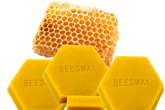
 Coating Agent, Film Former, Firming Agent, General Purpose Additive, Glaze, Polish, Surface-Finishing Agent
Comments
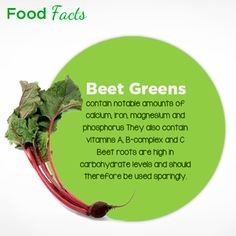 leaves of beets, colorful leafy greens adorning the tops of beet roots. Belong to dark green leafy vegetables group. These greens are delicious and can be prepared like spinach or Swiss chard. They are incredibly rich in nutrients, concentrated in vitamins and minerals as well as carotenoids such as beta-carotene and lutein/zeaxanthin. 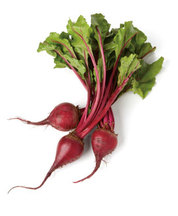 A herbaceous plant (Beta vulgaris) of the goosefoot family, widely cultivated as a source of food for humans and livestock, and for processing into sugar. Beets belong to the same family as chard and spinach. The leaves have a bitter taste whereas the round root (typically rich purple, but also white or golden) is sweet. Beet juice can increase exercise endurance, possibly because its dietary nitrates turn into nitric oxide in the body, promoting increased blood flow and regulating (reducing) blood pressure.  hydrocarbon present in coal tar and petroleum, cigarette smoke, used in chemical synthesis, motor fuels, solvents, detergents, pesticides, personal care items such as nail polish or hair color and many other substances. It has a sweet, aromatic, gasoline-like odor. Benzene is a carcinogen that causes leukemia as well as a number of other illnesses. Virtually the entire U.S. population is exposed to benzene, at least in small amounts -- at gas stations (it's in the gasoline), in diesel exhaust or from cigarette smoke, including second-hand smoke. Benzene is also a problem in a number of workplaces, including oil refineries, coal-coking operations at steel mills, chemical processing plants, rubber manufacturing plants and laboratories, where it is often used as a solvent for other chemicals. You can avoid one significant source of benzene by stepping away from the gas pump when refueling your car. Benzene levels in breath increase after exposure to tobacco smoke, but there are additional sources of benzene in breath than ambient air. It is difficult to establish exact relationships with the number of cigarettes smoked, or with other benzene exposures such as diet. 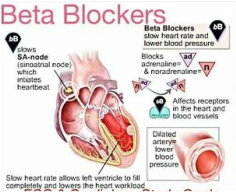 Drugs that prevent the stimulation of the adrenergic receptors responsible for increased cardiac action by blocking the effects of the hormone epinephrine, also known as adrenaline. Beta blockers are used to control heart rhythm, treat angina, and reduce high blood pressure. They are also prescribed for anxiety. Examples of oral beta blockers include:
Bifidobacteria is one of the major types (genera) of bacteria, inhibiting the mouth (B. denium), gastrointestinal tract (B. clostridium), and vagina (Bifidobacterium bifidum, B. breve, B. adolescentis, and B. longum) of mammals, including humans. Some strains, especially Bifidobacterium animalis strain DN-173 010 which has long been used in fermented dairy products, show high gastrointestinal survival capacity and exhibit probiotic properties in the colon. Before the 1960s, Bifidobacterium species were collectively referred to as "Lactobacillus bifidus". Numbers of intestinal bifidobacteria decrease with age, especially Bifidobacterium bifidum and Bifidobacterium breve, while Bifidobacterium adolescentis might be increasing, in the continuous process of transformation of microbiota. Some bifidobacteria are used as probiotics to prevent or treat diarrhea and particular bowel infections Bifidobacterium also have anti-tumor qualities. Manipulating the microbiota may modulate cancer immunotherapy.  gram-positive anaerobic rod-shaped bacterium Bifidebacterium lactis DN 173-010, a proprietary strain of Bifidobacterium - .lactic acid bacteria that normally live in the intestinal tract and can also be found in fermented foods such as cheese and yogurt. Bifidus regularis is a marketing name generated by Danone (known in the US as Dannon) for one of the specific bacteria it uses in its “Activia” range of yogurt products. According to the Federal Trade Commission, Dannon's advertising contained exaggerated health claims before a settlement reached in December 2010. Specifically, the FTC questioned claims that eating a single serving of Activia a day relieves bowel irregularity and that drinking DanActive prevents colds or the flu. 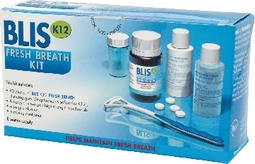 strains of S. Salivarius bacteria that produce Bacteriocin-Like Inhibitory Substances (lantibiotic bacteriocins). Streptococcus salivarius K12 was isolated from the saliva of a healthy child and is used to restore good oral bacteria and improve bad breath. History of commercial application dates back to the year of 2001 in New Zealand. It was shown to exhibit antimicrobial activity against Streptococcus pyogenes and various bacterial species incriminated in the etiology of halitosis Streptococcus salivarius is a prominent member of the oral microbiota of “healthy” humans and is closely related to Streptococcus thermophilus. 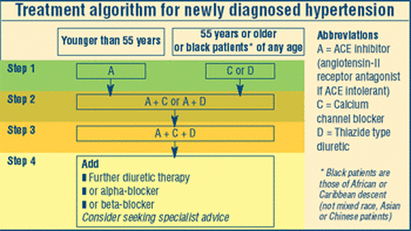 medications to lower high blood pressure, also known as antihypertensives Guidelines for treating blood pressure slightly differ in different countries and keep evolving. Usually, initial antihypertensive treatment includes a thiazide-type diuretic, calcium channel blocker (CCB), angiotensin-converting enzyme inhibitor (ACEI), or angiotensin receptor blocker (ARB). Addition of the third or fourth drug may be in the form of spironolactone (requires the assessment of renal functions and potassium), minoxidil, hydralazine, or carvedilol. 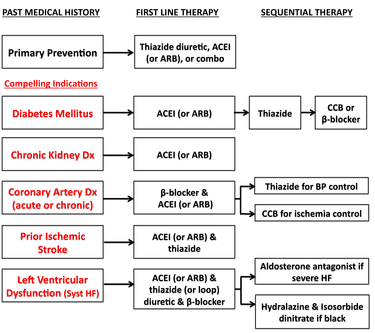 For adults, the normal blood pressure reading is less than 120 mm Hg for the systolic blood pressure (SBP) and less than 80 mm Hg for the diastolic pressure (SDP). In population 60 and older, American Academy of Family Physicians (AAFP) recommends pharmacologic treatment to lower BP initiated at a systolic blood pressure (SBP) of 150 mmHg or higher or a DBP diastolic blood pressure (DBP) of 90 mmHg or higher. American Heart Association recommends this for ages 80 and older. Diuretics and calcium-blocking drugs are more effective in elderly patients at lowering SBP pressure. Types of blood pressure drugs:
 The unpleasant smell of human body usually associated with stale perspiration. Many organic and inorganic substances, byproducts of human and microbial metabolism, are released in the person's sweat, breath, urine and other fluids and gases, giving off a strong smell. Odors could be caused by disease (for example, diabetes leads to sweetish odor; kidney: ammonia-like; TMAU: dead-fish, urine-like or fecal; liver: sweet, mousy and fishy odors), infection (e.g., blue-green pus caused by Pseudomonas aeruginosa: grape-like; TB: tar-like; Scrofula: stale beer, yellow fever: butcher's shop), metabolic disorders or temporary problems (issues in cholesterol metabolism: rubber-like; menstrual period: tinny), imbalance or overgrowth of gut microbiota, hormonal imbalance, allergies, diet and medications, prior exposures to strong smells or poor hygiene. See also Aurametrix summaries for Acidic smell; Ammoniacal odor; Bad breath; Burning smell; Chemical odor; Fatty odor; Fecal odor; Fishy smell; Foot odor; Musty odor; Old book smell; Rancid butter odor; Salty odor; Sulfur odor; Sweetish odor; Vaginal odor; Wet dog odor. |
Categories
All
|